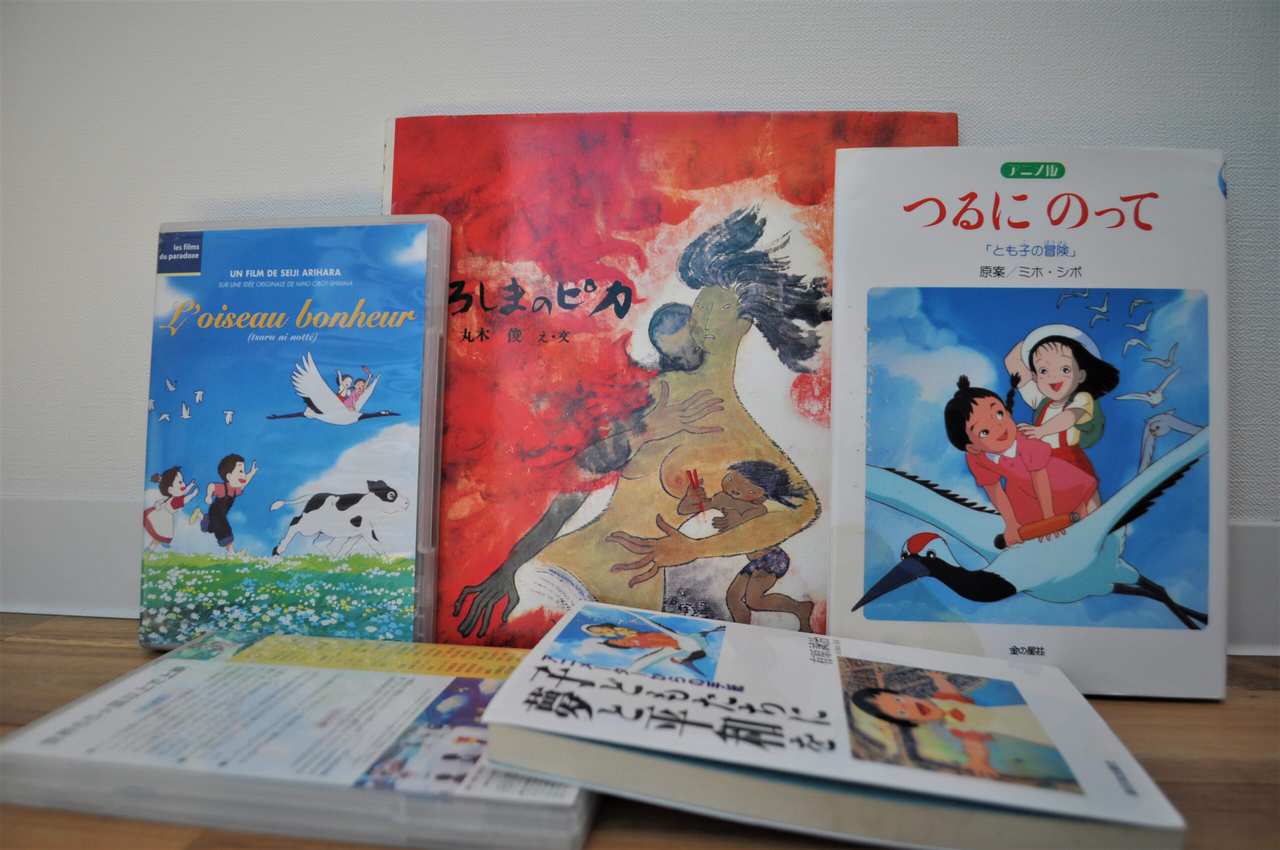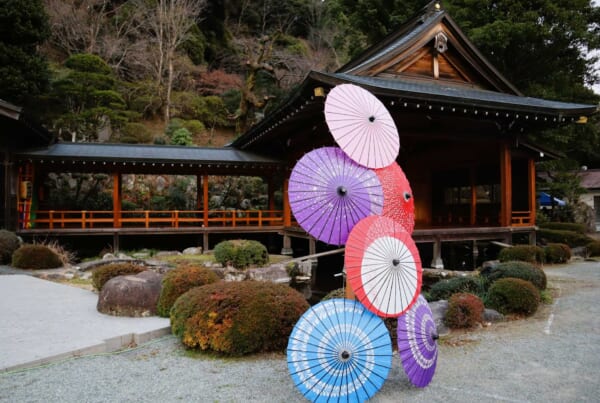In August 1945, the cities of Hiroshima and Nagasaki endured two of the most deadly attacks in history. Each hosting several thousand inhabitants, these two cities turned into a living hell when atomic bombs were dropped during WW2. A few days later, surrender was officially proclaimed.
Following this unspeakable act, accounts began to come to light. However, from the surrender to the end of the US occupation, Japan was under harsh censorship. Following strict rules set up by US authorities, media such as radio, cinema, and literature were not permitted even to mention the censorship.
Despite that, testimonies from the hibakusha (people exposed to the atomic bombings) began to spread after the occupation. These testimonies took various forms: newspapers, documentaries, literature, manga theater, music, and drama. How difficult may it be to make a selection, I would like to share three particularly moving movies and books with you, paying homage to the victims of this unnamable event.
- Atomic Bomb Cinema: The Horror of Hiroshima and Nagasaki Through Movies
- Atomic Bomb Literature: Books for a Better Undertanding of History
- More Atomic Bomb Cinema and Literature
Atomic Bomb Cinema: The Horror of Hiroshima and Nagasaki Through Movies
The nuclear weapon is featured in plenty of movies. Whether it is in live-action or anime movies, there are many ways to depict the same subject. Despite being a tragic event, a few moviemakers chose to focus on hope rather than horror. There are three that particularly inspired me that I would like to share here.
Rhapsody in August, A Heartbreaking Movie about War Traumatism
The story of Rhapsody in August (Hachi-gatsu no kyoshikyoku, 八月の狂詩曲), released in 1991 by Akira Kurosawa, takes us through a small countryside town around Nagasaki in the early 1990s. On a hot summer day, we meet Kane, a grandmother taking care of her four grandchildren while their parents have gone overseas for holidays. One day, Kane receives a letter from a distant brother, who left the country long ago, living in Hawai. Bedridden, he asks her sister to come to his bedside, but she is reluctant. She does not see herself going to the US. However, during the movie, her grandchildren will try to persuade her to go. She finally agrees, but on the condition to wait after August 9th, the death anniversary of her husband, 40 years earlier in Nagasaki with the atomic bomb. Her distant nephew (an American man portrayed by Richard Gere) finally pays a visit to Kane when he learns that her husband died during the US bombing.
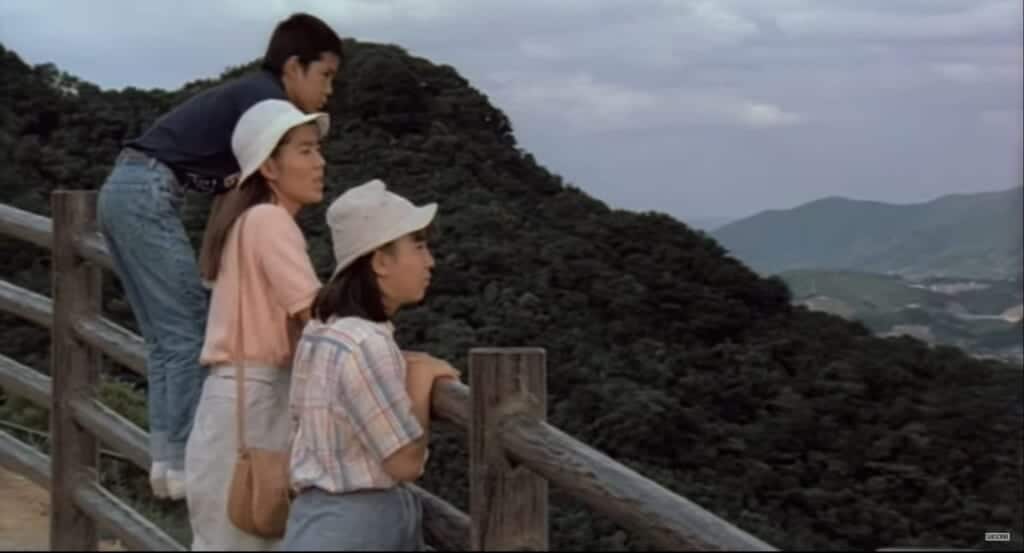
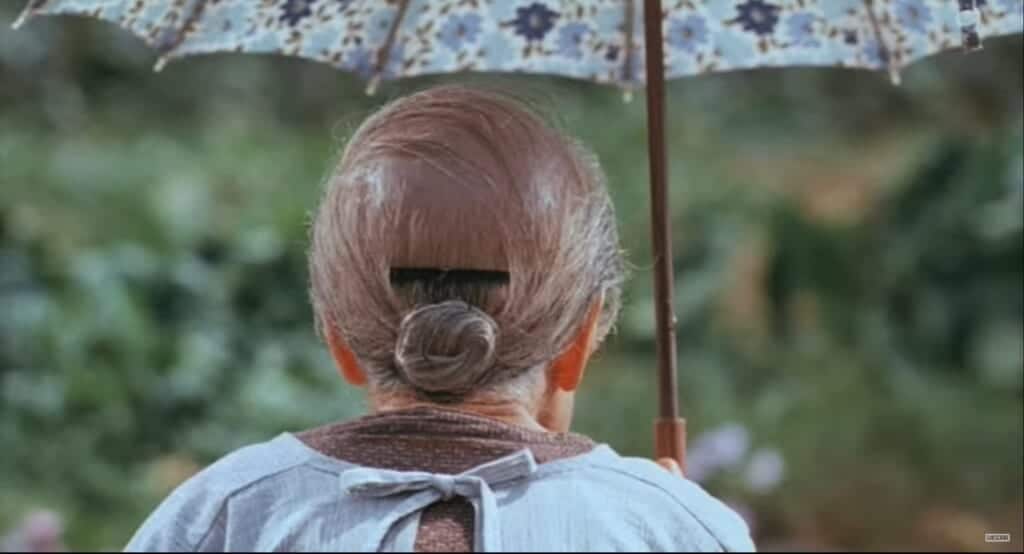
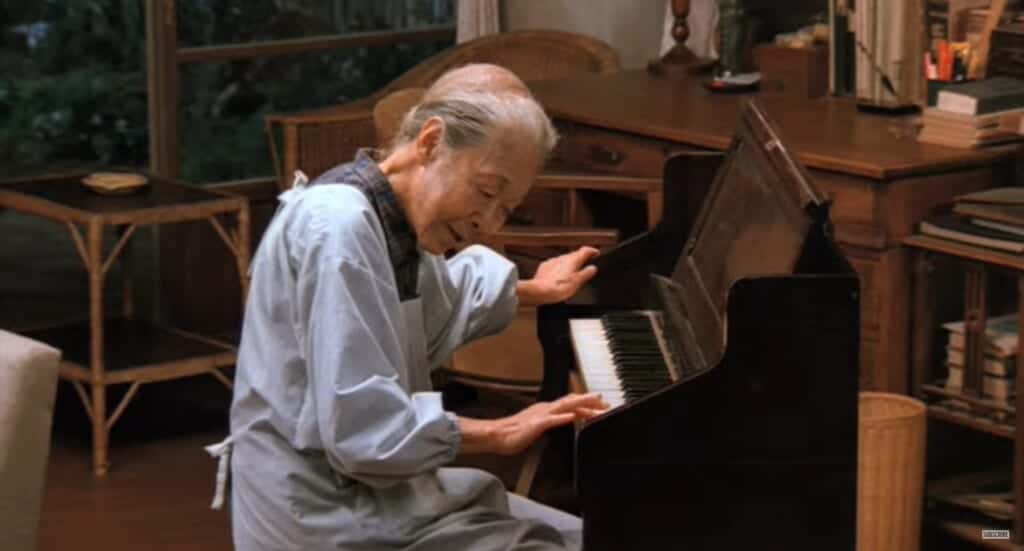
Different perspectives of the war and the post-war period are addressed with poetic accuracy. Beyond the physical injuries and marks, it also depicts the psychological wounds and the traumatism of war caused by the bomb and the impact on the following generations. Through the innocent candor of the children who learn more about the bomb during the movie’s story, the question of passing on memory is engaged as well as the evolution of the relationship between different generations and the war. The character portrayed by Richard Gere points to a sensitive problem today: The relations between the USA and Japan about the atomic bombs. Thus, this movie addresses the notion of forgiveness: Kane doesn’t hold any grudge against the USA for the bombings. It is the war that is at fault and which it blames above all. A heartbreaking movie with a pacifist perspective.
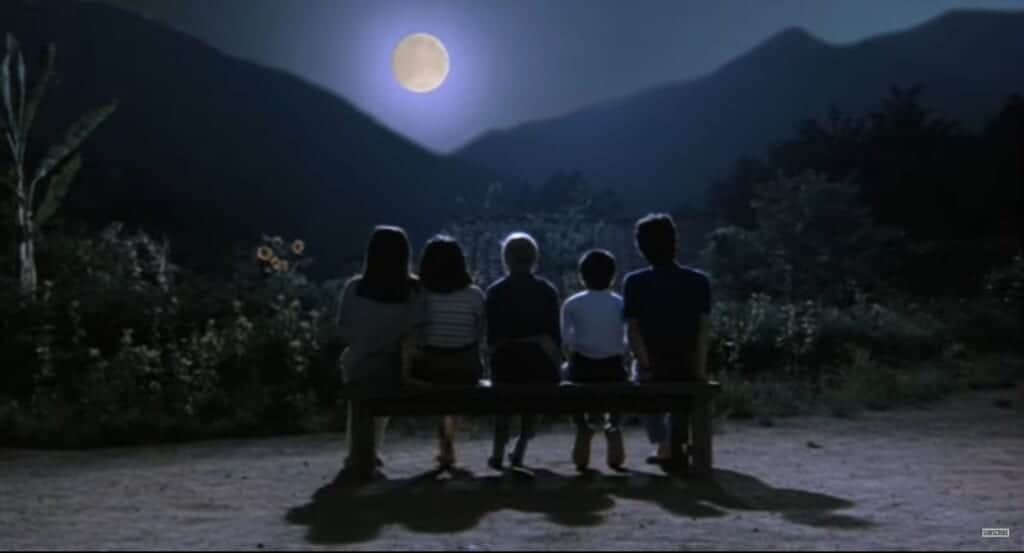
Summer Lights: Between fiction and Documentary, Testimony About the Horror of the Hiroshima Bombing
Summer Lights (Natsu no Hikari, 夏の光, by Jean-Gabriel Périot, released in 2016) is a movie alternating between documentary and fiction. It leads us to Hiroshima peace park, where Akihiro, a Japanese movie maker living in France, comes to record the story of a hibakusha, to release a documentary for the 70th anniversary of the atomic bombing. From the beginning of the movie, we are immersed into Mrs. Takeda’s story, a grandma describing where she lived 70 years earlier. During the dark testimony, she tells the horror: “carbonized bodies,” a “city reddened with blood,” the account is so violent that Akihiro, overwhelmed, goes wandering in the park, with no destination nor purpose.
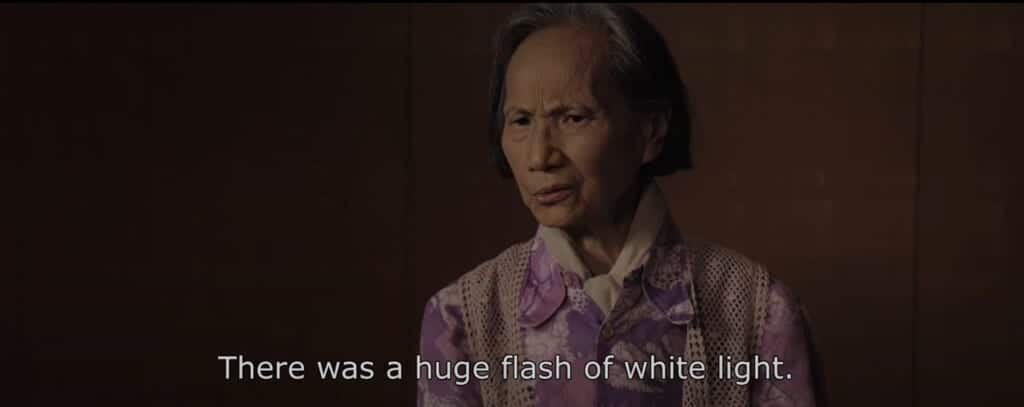
Here, he meets Michiko, a joyful young woman who leads him on a peaceful journey. They will go to the beach and meet a young boy with his grandfather. Altogether, they will have a nice evening, celebrating Obon (the day of the ancestor’s spirits): a festivity offering fishing, barbecue, fireworks, and good humor.
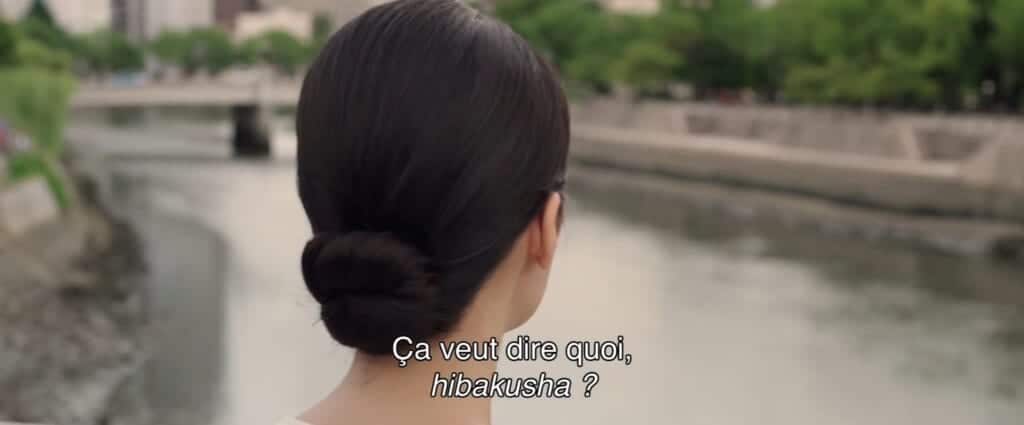
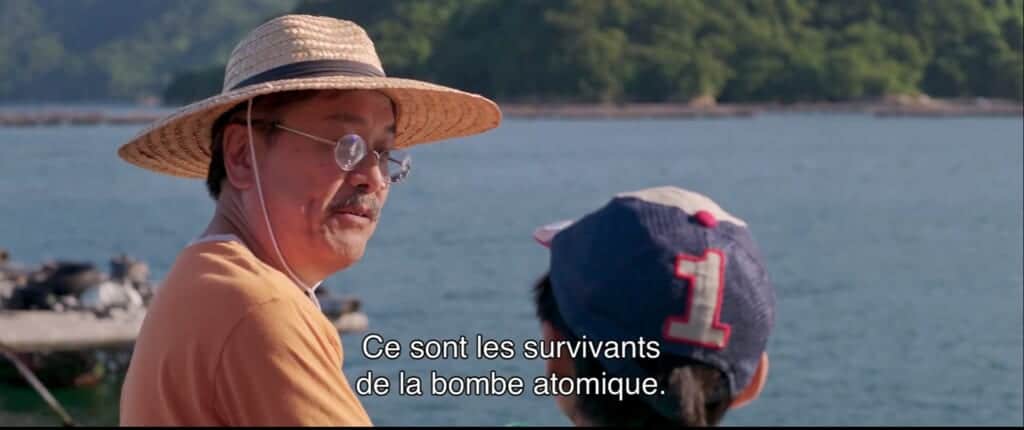
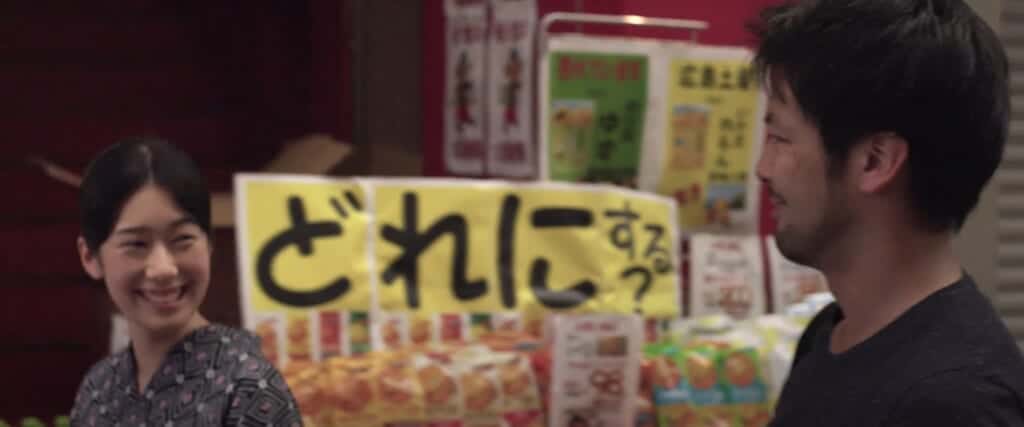
Despite the beginning of this movie being very dark with the horrifying testimony of Mrs. Takeda, it focuses on afterwar and on the attitude of Japanese people towards the memory of war. As an overseas resident for more than 20 years, Akihiro is rediscovering his own country’s history. “Those stories overwhelm us. It needs time to begin to see what was at first invisible,” says Michiko, describing today’s relations between Michiko and the bombing.
The movie’s message is this: Some struggle to have people remember. Others try to forget. The topic is still a very sensitive subject to talk about with younger generations. A lot of them want to forget the horrors their elders had to face. But for history not to be repeated, the transmission of memory is essential and this kind of event must not disappear into oblivion.
Today, despite being mostly renowned for its past, the city is bursting into life. Besides their new friends, the atmosphere is full of joy, as a hot summer day in Japan. People fish, dance, laugh, eat delicious local food, light fireworks, and enjoy the most important: life goes on after the horror. A deep, bright, and heart-moving movie.
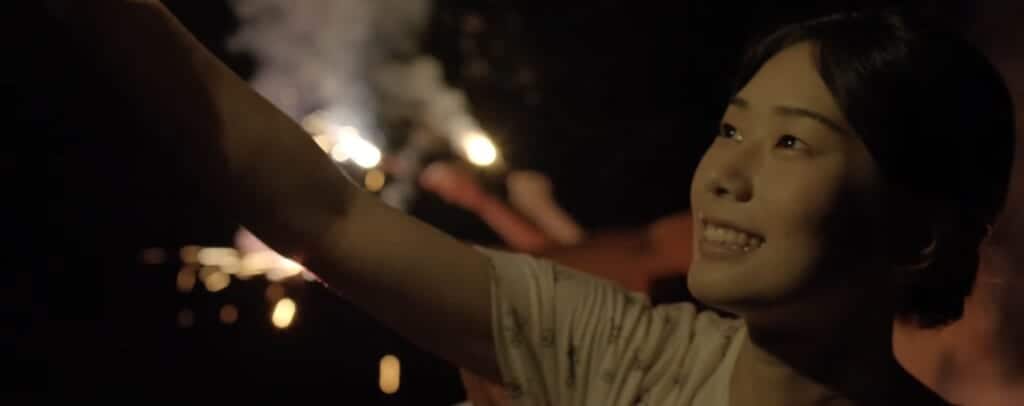
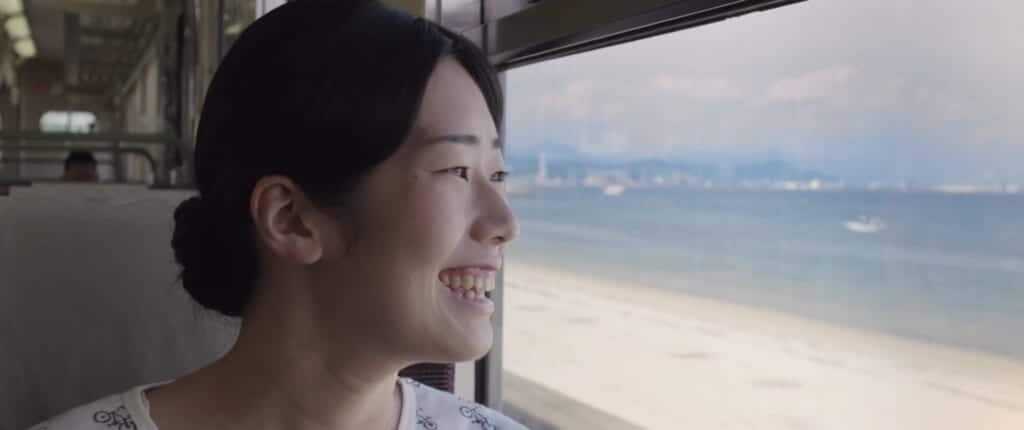
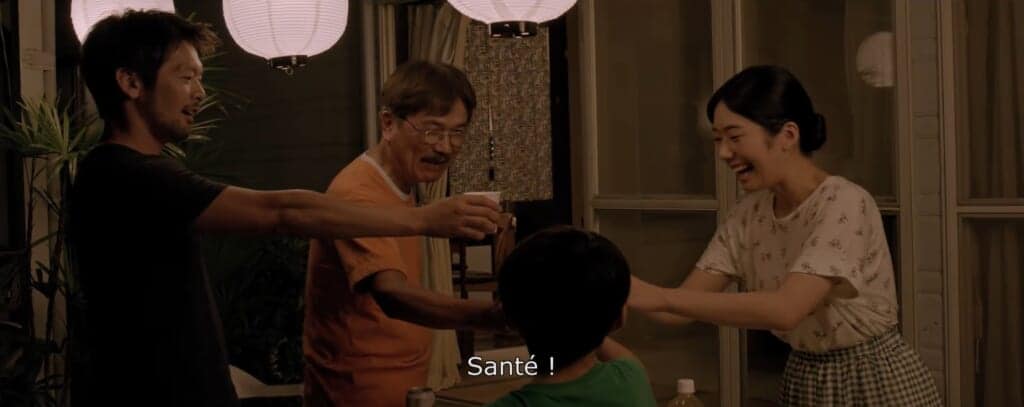
On a Paper Crane, Tomoko’s Adventure: Hiroshima’s Story Explained to Children
On a paper crane (Tsuru ni notte, Tomoko no boken, つるにのって「とも子の冒険」), by Arihara Seiji and Miho Cibot Shimma, released in 1994) is an animation short movie recounting the story of Sadaki Sadako and the legend of the 1,000 cranes. The story leads us to a visit to the Peace Memorial Museum in Hiroshima in the ’90s. Tomoko, a twelve-year-old girl, goes to the museum alone. At first very motivated for this adventure, she’s left terrified by the violence of the exhibition. She ends going to the children’s monument for peace and discovers a lot of paper cranes around the statue, which draws her smile back.
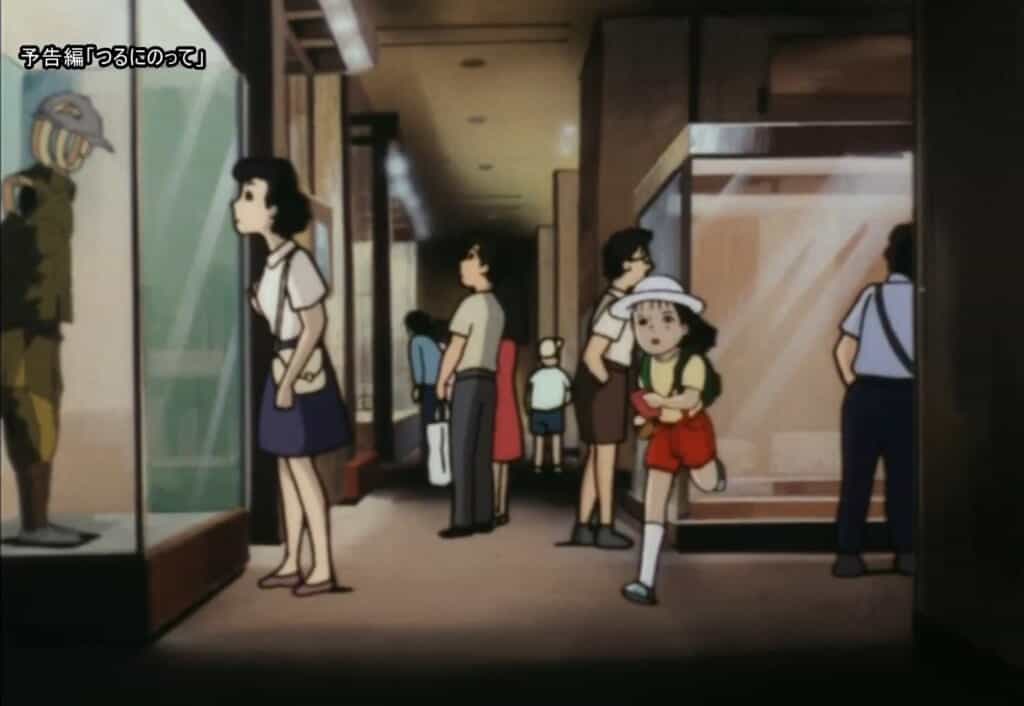
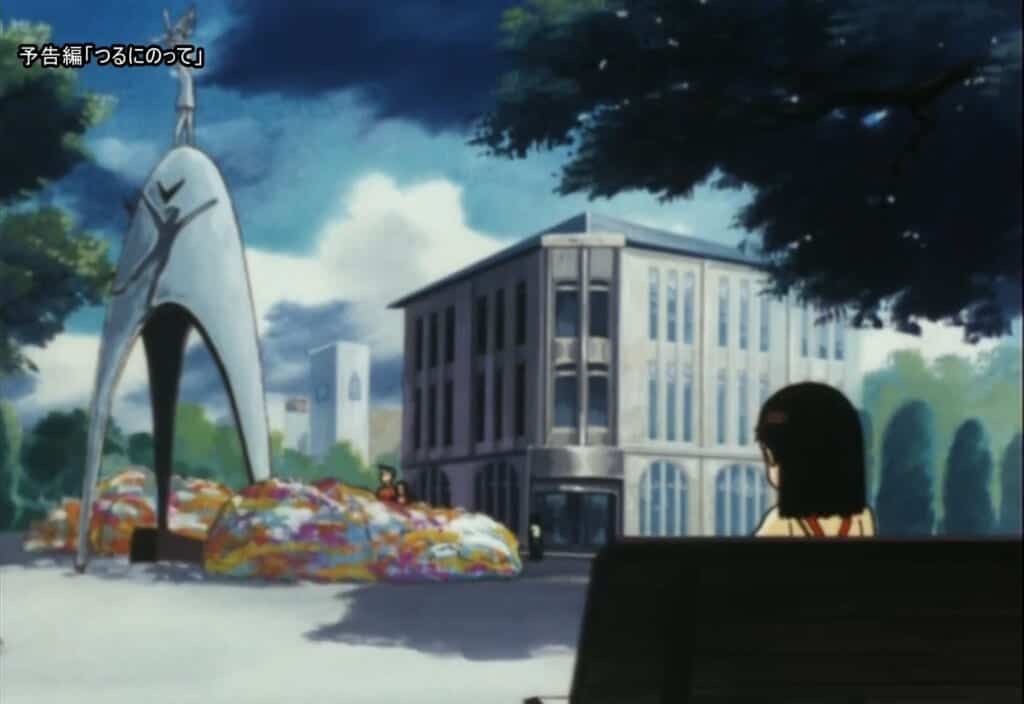
She then decides to fold a paper crane too. After she finishes, the crane flies in the sky and Sasaki Sadako appears magically, and then tells her story. Sadako was two years old and was at home with her family when the bomb fell on Hiroshima. The city was in flames, and the hibakusha, burnt under the effects of the bomb, wander through the rubble looking for water when a black rain falls from the sky.
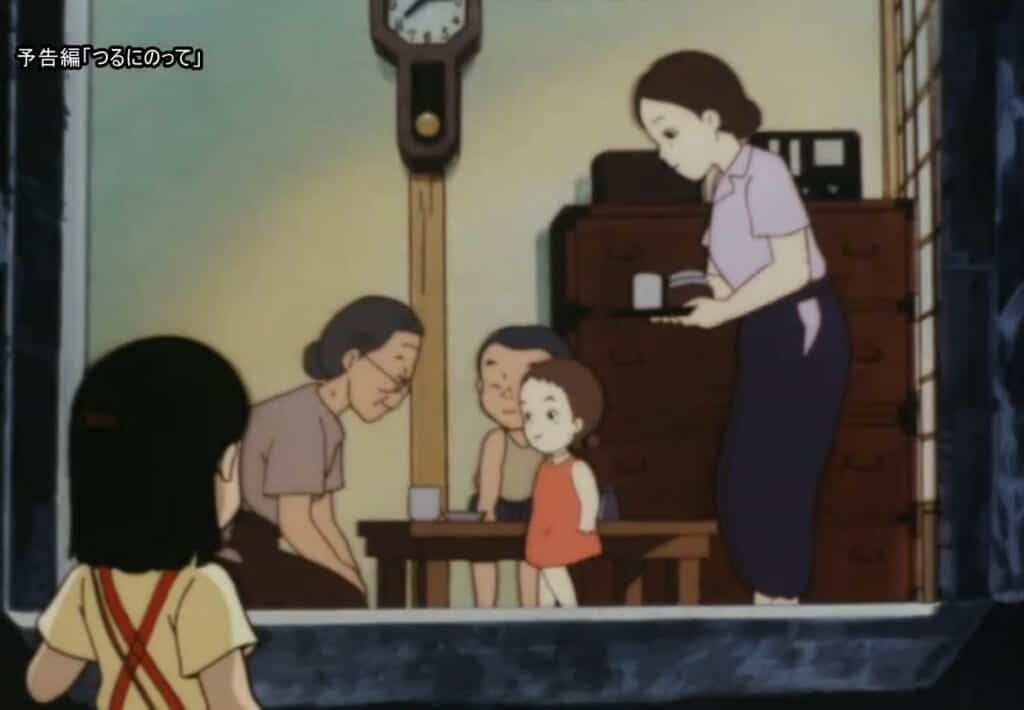
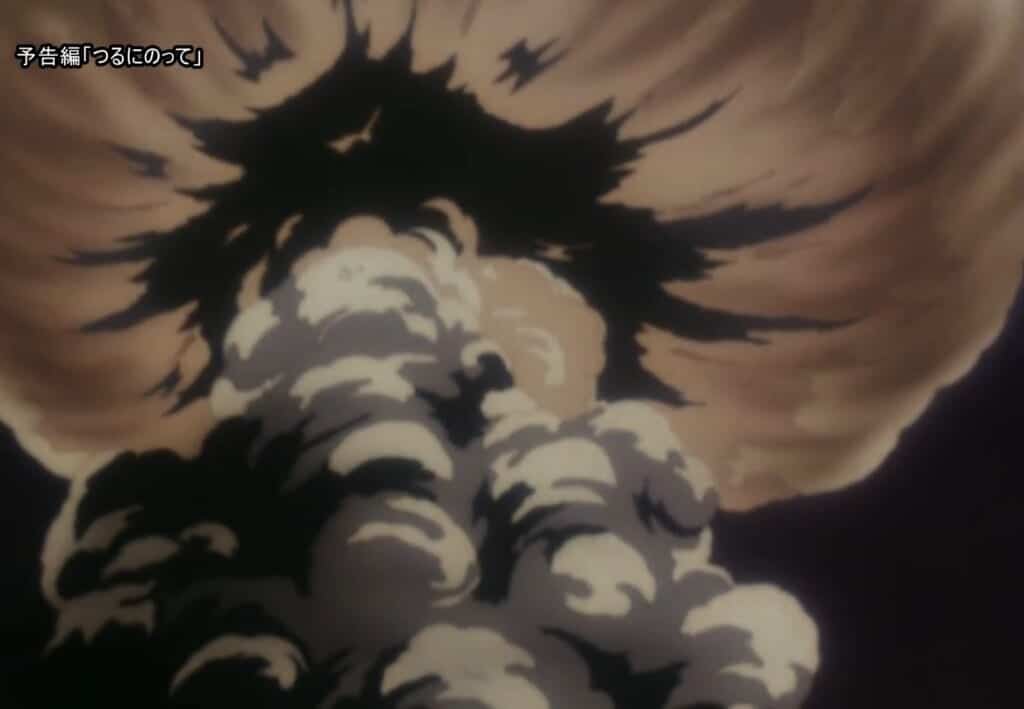
Tomoko comes back in the actual world, near the Children’s Peace Monument where Sadako explains the influence she had, and the role she has in the world with her memorial statue. Tomoko and Sadako then go on a journey riding a crane in order to teach peace to mankind and to help people understand that war won’t ever be a solution.
If we want to teach Hiroshima’s story to children, we have to wonder what materials and means will be appropriate. The bombing was so horrifying that it is almost impossible to show to the youngsters. That is the reason Arihara Seiji and Mihot Cibo Shimma made this short movie: they wanted to teach the story of Hiroshima and show the essential role of peace to children. The educative and pacifist purpose of this project implies very little violence. Thus, was more appropriate for the younger generations and without too much horror, explains what happened in Hiroshima on August 6th, 1945. This is a very soft moment, touching and enlightening, to share with the family.
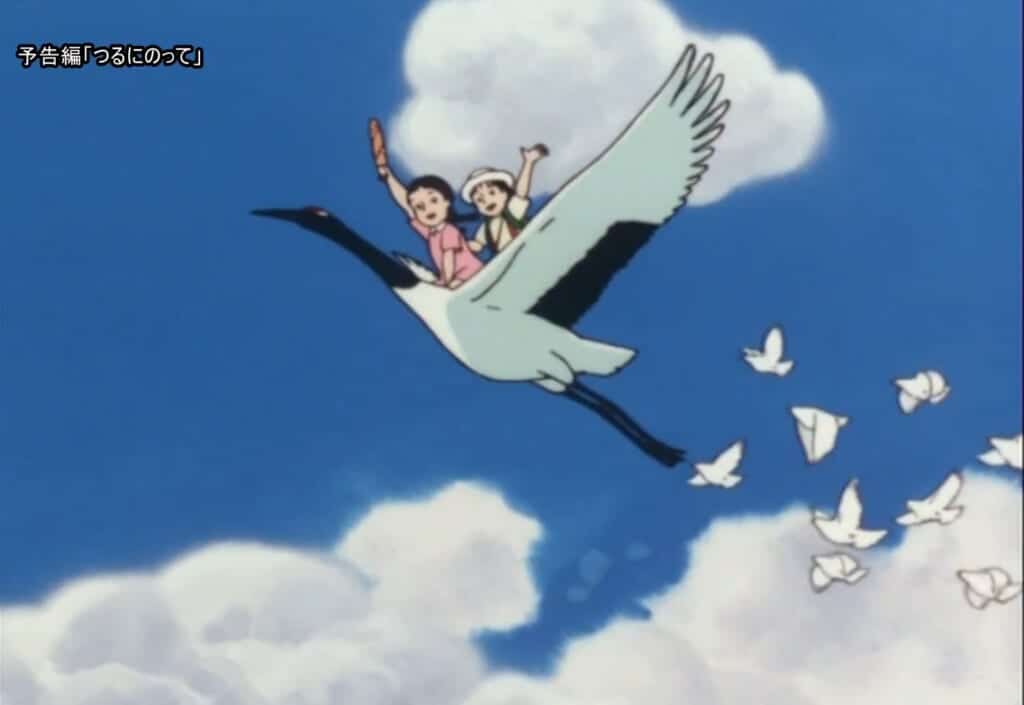
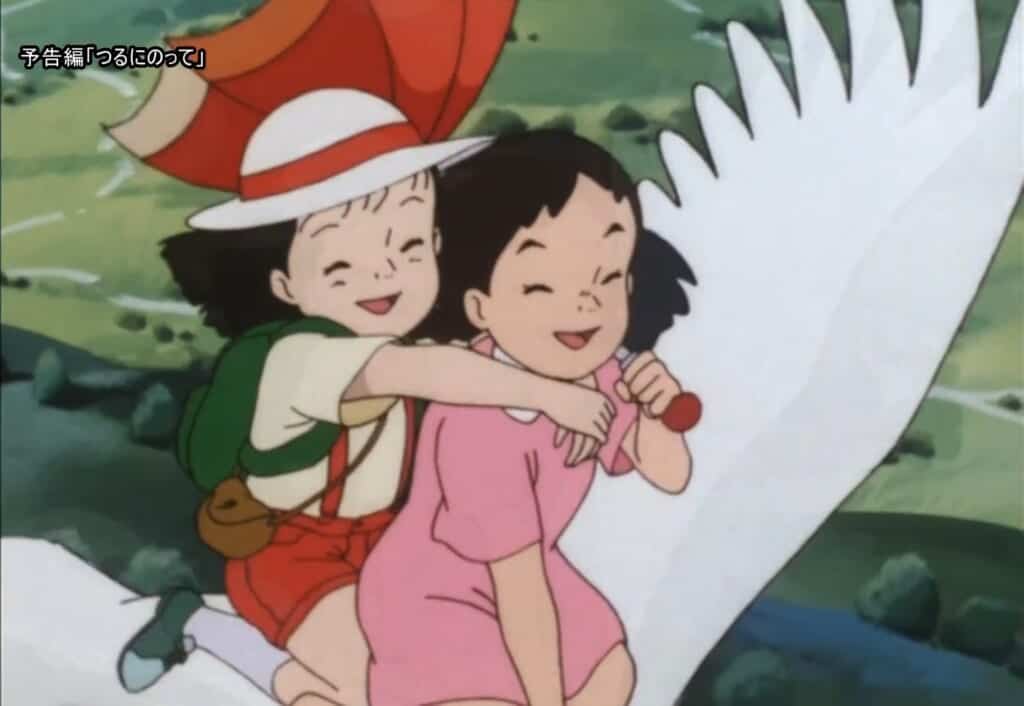
Atomic Bomb Literature: Books for a Better Undertanding of History
The literature of the atomic bombs (Genbaku bungaku, 原爆文学) is a literary genre that refers to atomic bombings of Hiroshima and Nagasaki. Later, it will refer more broadly to writings on nuclear issues. The media are diverse: testimonies, newspapers, novels, poetry, theater… They are generally classified into three different categories: first generation (accounts of survivors), second-generation (critical analysis), and third-generation (on the topic of post-nuclear).
Although it is very difficult to make a selection, I chose three books I would like to share with you:
Hiroshima no Pika: A Book for Children that Doesn’t Hide Anything
Hiroshima no Pika (広島のピカ, by Maruki Toshi, 1980) is an illustrated book “for children”, with very simple narration. It tells the story of Mii-chan, a 7-year-old girl, who lives with her parents in Hiroshima. On August 6th, while they were having their family breakfast and eating sweet potatoes, a flash enlights the sky, and a deafening noise is heard. The atomic bomb has exploded. With the explosion, Mii-chan flies through the room and faints. Hiroshima, spared until then by the bombings, just received the first atomic bomb dropped.
When she wakes up, everything is black. The city is in flames and there is nowhere to go. With her family, she tries to reach the river. What they see while they walk cannot be described. Finally, they arrive at the beach. A few days later, they come back to the city, but it has disappeared. Every building has been destroyed. Looking for their home, they only find the bowl with the sweet potatoes that Mii-chan was about to eat before the disaster. That day, Hiroshima was erased from maps.
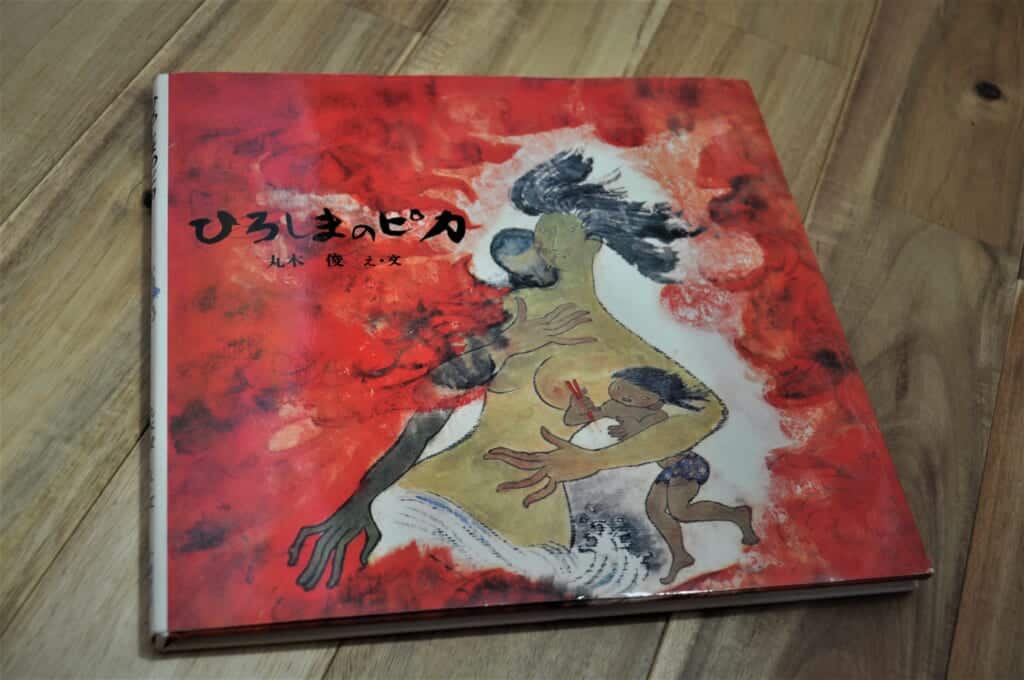
Despite the fact, the very simple narration would make you think of a children’s book, the violence of the drawings leads to the question: should we show or hide the violence of war to children? This book shows the horror of the bombing without any tricks, but also stresses the aftereffects, such as the black rain and the diseases caused by radiation. Because of its singular perspective, it received several prizes, including the Ehon Nippon prize for best-illustrated book in Japan). The deliberately shocking aspect spreads a very strong message: atomic bombing only brings disaster and terror, and must never happen again.
The Bells of Nagasaki: Witnessing Horror to Praise Peace
The Bells of Nagasaki (Nagasaki no Kane, 長崎の鐘 by Takashi Nagai, 1949) is an autobiographical novel taking place in Nagasaki, a city with a strong Christian influence since the arrival of St. Francis Xavier in 1549. A lot of churches and catholic institutions have been erected in the city such as the cathedral of Urakami, which inspired Nakai for the title of this novel.
The story tells the account of Takashi Nakai, a physician living in Nagasaki who converted to Catholicism. He will then take the name of Paul Nagai. On August 9th, 1945, at 11:02 am, the city knows its disastrous fate when the second atomic bomb is dropped by the USA, three days after Hiroshima’s. The Bells of Nagasaki tells the story of the bomb and the aftereffects through Dr. Nagai’s experience, with moving moments when his faith was shaken on multiple occurrences. However, after describing the horror, the anger, and the shock he had to face, he eventually accepts his fate with unbelievable strength. This is thanks to this faith that he is saved from the suffering and the trauma of the war.
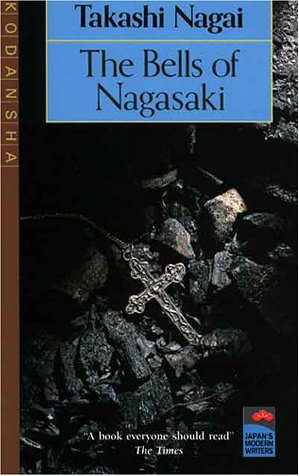
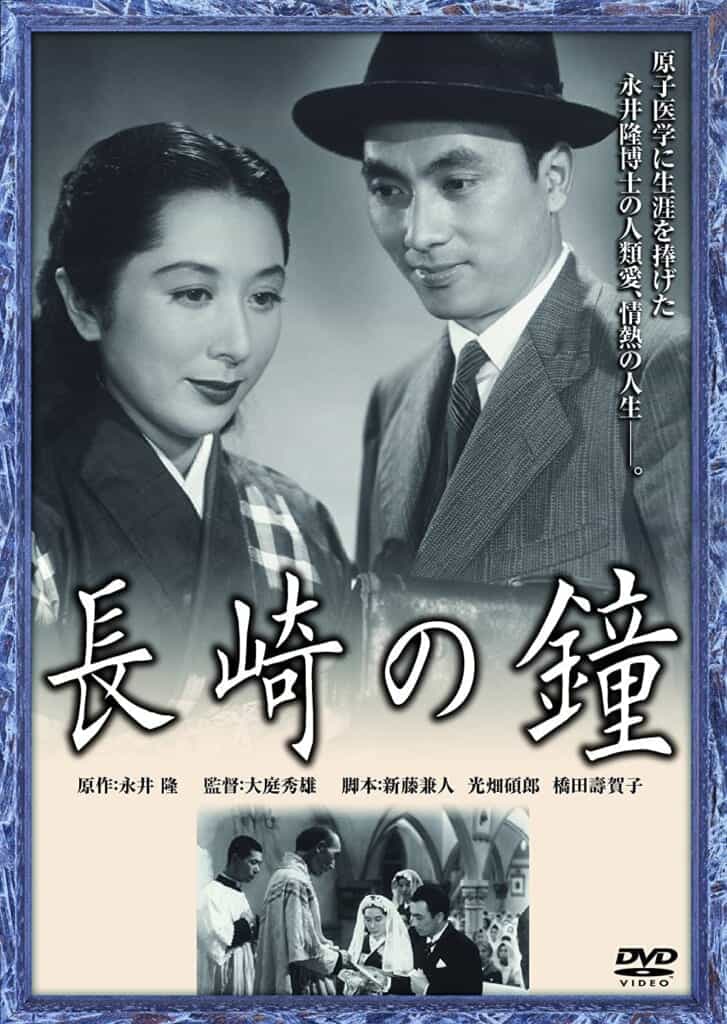
The title refers to the bells of the Cathedral of Urakami, destroyed during the explosion and rebuilt in 1959. Nagai writes:
These are the bells that did not ring for weeks or months after the disaster. May there never be a time when they do not ring! May they ring out this message of peace until the morning of the day on which the world ends.
This novel was first forbidden from release by US censorship. Nevertheless, it achieved big success after the occupation to the point of being adapted into a movie by Oda Hideo.
Whether you are a believer or not, you may be deeply moved by this work that immerses us in the experience of the bombing through Nagai’s eyes. We go through surprise, disbelief, anger, pain, and we eventually forgive and focus on the most important: Peace.
Barefoot Gen: A Survivor of Hiroshima Tells his Story through Manga
Barefoot Gen (はだしのゲン, Hadashi no Gen by Keiji Nakazawa, 1973-1987) is a manga series published in various Japanese newspapers between 1973 and 1985. As the title says, it relates to the life of Gen, a young boy living in Hiroshima. The story begins in spring 1945 until 1952. It is based on the personal experience of the author, a hibakusha survivor of Hiroshima’s bombing. We follow the main character’s everyday life, Gen, at the end of the war, from the explosion of the bomb to post-war Japan. Through his child’s eyes, the manga shows the violence of war and the disbelief towards a few topics that were still taboo at the time: the stigmatization of the Hibakusha, the existence of black markets, the discrimination of Koreans, or the accountability of the imperial system during and after the war.
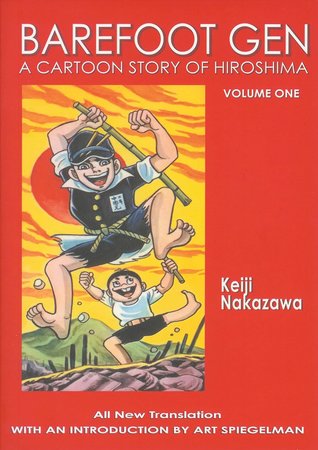
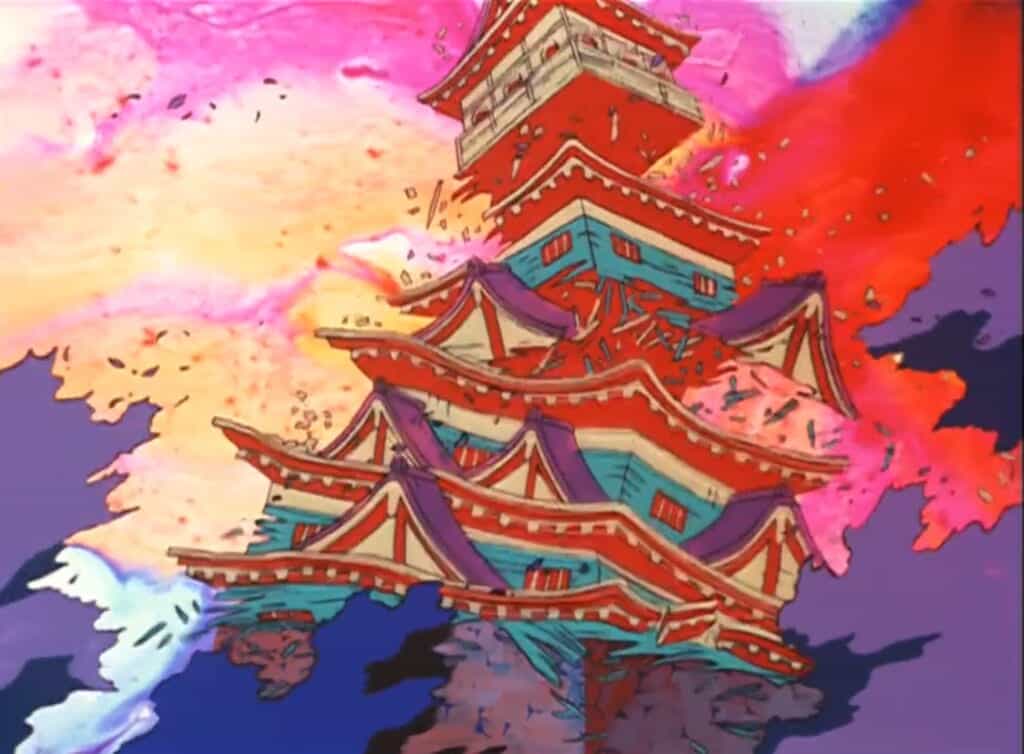
The manga has been adapted in various versions: live cinema, drama, and animation. Despite today’s international recognition, the publication of the manga was stopped after a year, partly because of a vision of postwar Japan that was judged too negatively. It is nonetheless still used today on a regular basis in Japanese elementary schools, as an educative material to address the delicate subject of atomic bombings with the younger ones. Beyond its particularly violent side, the innocence of Gen gives him joyful moments in the background. A touching and very enlightening story.
More Atomic Bomb Cinema and Literature Recommendations
If you are interested in the topic, there are a lot of other works on the atomic bombings, such as Summer Flowers, Black Rain, Children of Hiroshima, or more subtly, Godzilla. Today, the subject is often linked with the triple disaster of Fukushima, giving weight to the voices of the hibakusha, who go on giving testimonies and sensitizing new generations to the dangers of nuclear power and war. To avoid making history’s past mistakes, the transmission of the memory is essential and can take various forms. However, as Albert Camus said, the struggle and the message follow the same purpose:
Faced with the terrifying prospects that are opening up before humanity, we see even more clearly than before that peace is the only fight worth engaging in.
— Camus, Editorial of the newspaper “Combat”, 1945, August, 8th.


